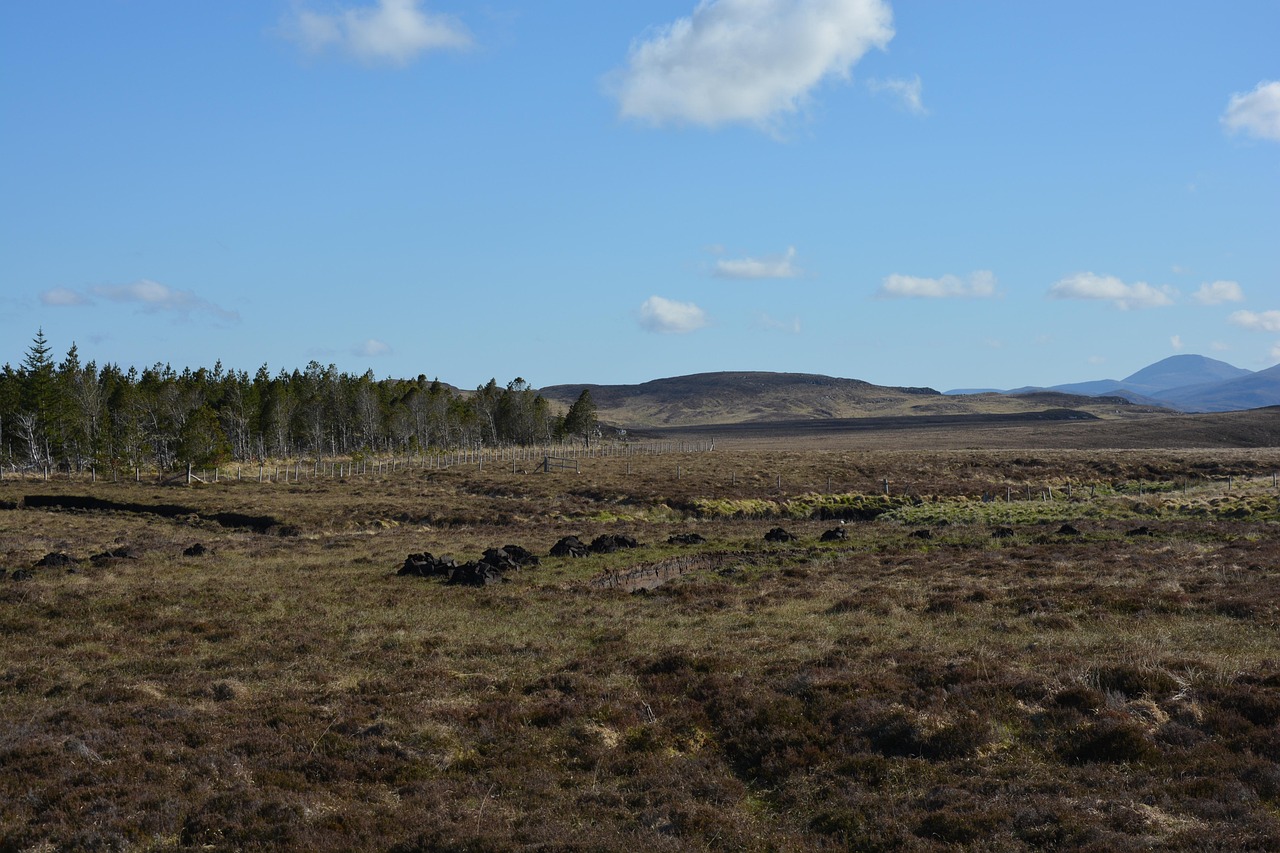Natural Capital is an area’s stock of natural assets which include geology, soil, air, water and all living things.
Under FIRNS (The Facility for Nature Ready Investment Scotland) a range of projects linked to funding nature recovery have been supported and are currently in the second phase. The range of supported projects is broad and includes creation of urban gardens, river restoration projects, and a farm cluster governance project.
Many of these projects focus on the role that private finance can play in funding nature recovery.
Conservation projects have traditionally been funded through public grants and charity support, but private funding offers potential for a more creative funding model and funding to meet project specific needs.
Galbraith has been working on a number of projects and considered how private funding might be arranged, contracted and split between multiple landowners.
Many projects have the potential to make use of the more developed carbon markets through peatland restoration and woodland planting. After 13 years of development, the woodland carbon code is now running successfully with trade, verification of units and increasing values for carbon units and contracts for trading being developed.
ESG enhancements
In some projects there is no obvious carbon credit creation potential but there is still verifiable natural capital enhancement. This may be reconnecting a river with its floodplain and reducing flooding, enhancing community wellness through engagement with nature and events, or increasing biodiversity.
The market for support of these enhancements to further corporate ESG requirements is still in its infancy, it is therefore challenging to place a value on these improvements.
These projects have obvious benefits for communities, society, and nature, but how can we put a value on this natural capital?
The baseline value of a project may be the cost of making the nature recovery sustainable and covering the costs of land use changes, but with such a new market there is minimal evidence for a ‘market value’. In providing this baseline value, corporates can support a project to be undertaken in much the same way as grants have traditionally been used in conservation, but support can be individualised to suit the project.
In this way there an opportunity to avoid many of the pitfalls which have beset the carbon codes and allow for flexibility to maximise nature recovery and restoration.
- Natural Capital: Galbraith’s expert advisers guide our clients in realising value in all land uses – by assessing and measuring natural assets, furthering opportunities in biodiversity net gain, and ensuring stakeholders are rewarded fully for their investment in and contribution to delivering ecosystem services and net-zero outcomes.

